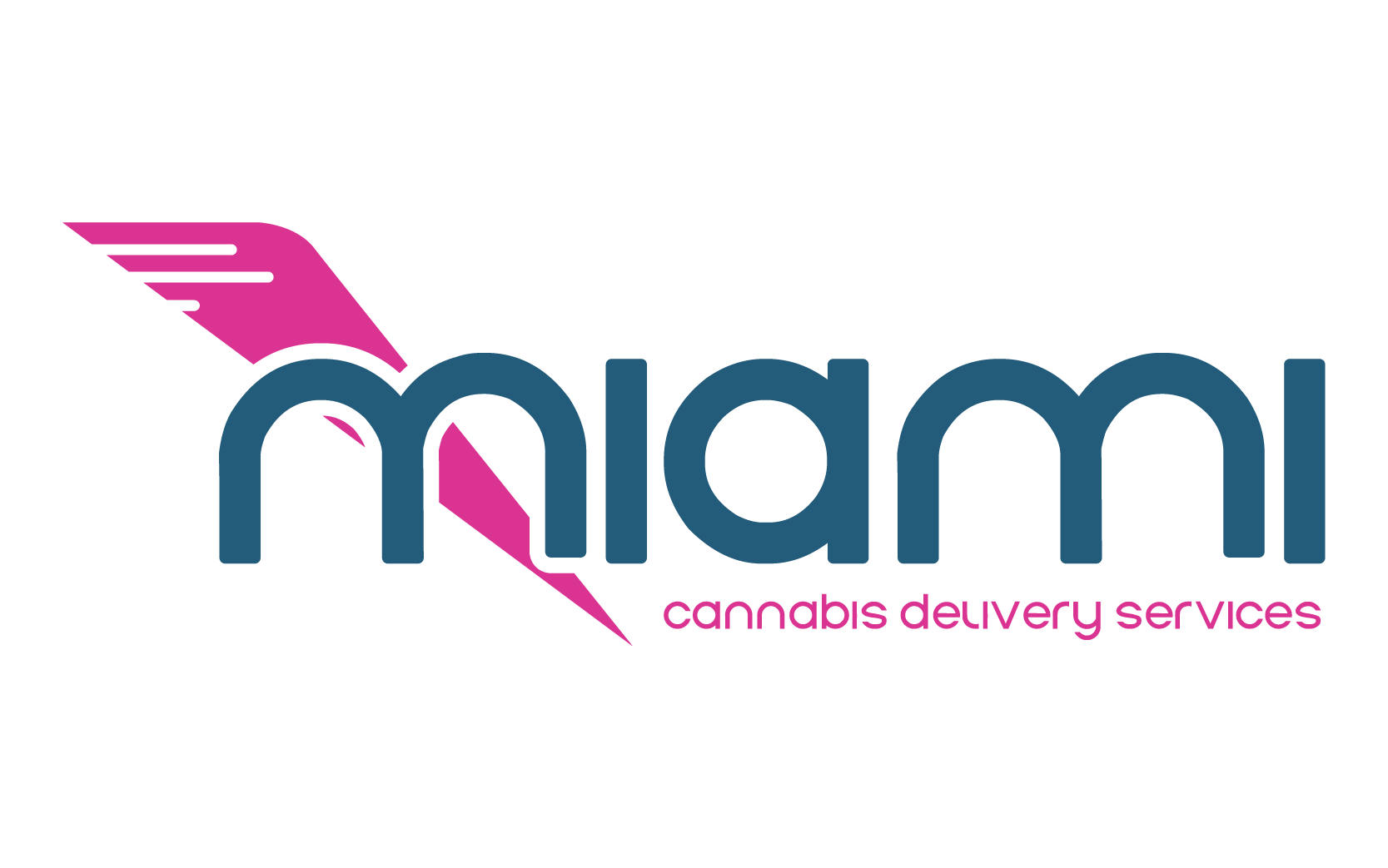Convenience at Your Doorstep: Cannabis Delivery Services for South Florida Patients
In Florida, medical marijuana patients have the convenience of having cannabis products delivered directly to their homes. This service is facilitated by various dispensaries, particularly in South Florida, ensuring patients can access their medications without the need to visit a physical location. Below is an overview of some dispensaries in South Florida that offer delivery services, along with specific information for customers:
1. Surterra Wellness
- Delivery Details: Surterra provides medical marijuana delivery services across Florida. Patients can place orders online or by phone. The registered patient or caregiver must be present to accept the delivery at the scheduled time. To cancel a delivery order, contact customer care at (850) 391-5455 or cancel in person at any Surterra Wellness location. Surterra
2. MÜV Dispensary
- Delivery Details: MÜV offers cannabis delivery services throughout Florida. Orders must be placed one day in advance. Orders under $100 are subject to a $20 delivery fee, while orders over $100 qualify for free delivery. Patients can place orders online, and a MÜV team member will deliver the products to their doorstep. MuvFL
3. Sunburn Cannabis
- Delivery Details: Sunburn Cannabis provides free marijuana delivery services in Florida. Patients can place orders online or by phone, and the delivery team ensures convenience and reliability. Specific delivery zones and additional information are available on their website. Sunburn Cannabis
4. The Flowery
- Delivery Details: The Flowery offer’s cannabis delivery services in Florida. Patients can place orders online, and the delivery team ensures products are brought directly to the patient’s location. For more details, patients can visit their website. The Flowery
5. Sunnyside Medical Cannabis Dispensary
- Delivery Details: Sunnyside provides medical cannabis delivery services in Florida. Patients can place orders online, and the dispensary offers both in-store pickup and delivery options. For specific delivery information, patients can visit their website. Sunnyside
6. VidaCann
- Delivery Details: VidaCann offers free pickup or delivery services for customers in Florida. Patients can place orders online and schedule their pickup or delivery of medical cannabis products. More information is available on their website. VidaCann
7. Curaleaf
- Delivery Details: Curaleaf provides cannabis delivery services in Florida. Patients can place orders online for medical use, with options for pickup or free delivery. Specific details can be found on their website. Curaleaf
These dispensaries ensure that medical marijuana patients in South Florida have access to their medications conveniently and efficiently through delivery services.
